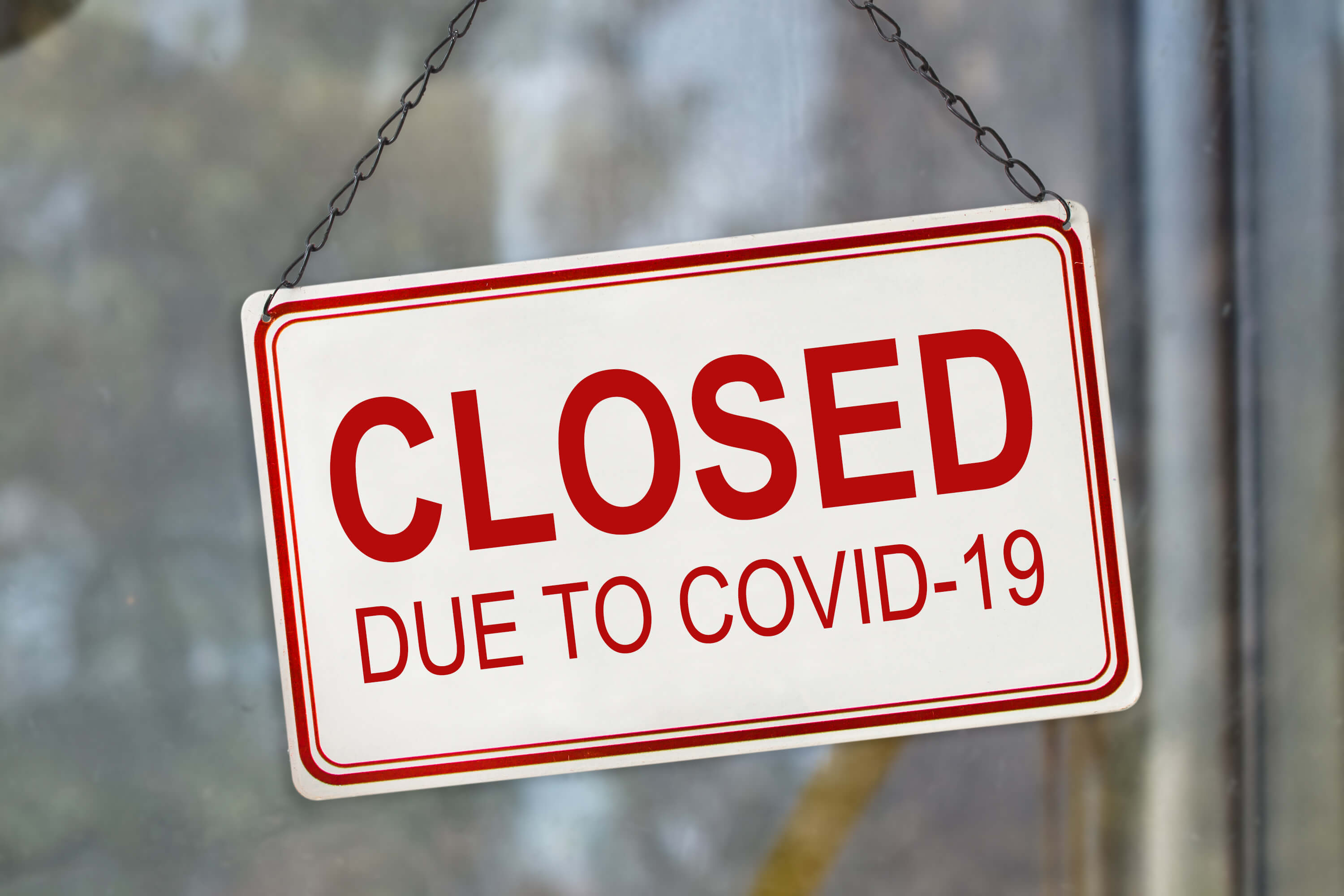
The UK’s unemployment rate is tracking at around 5%. This headline figure is not as bad as some people predicted. But is furlough masking the problem? Is the connection between COVID and unemployment stronger than the statistics suggest?
Life After Furlough
Furlough has undoubtedly helped save millions of jobs in the short-term. However, there will inevitably be a further rise in unemployment when the scheme comes to an end.
This is for several reasons. Firstly, many businesses simply won’t be ready to bring all their people back. They might not be back to full operations or still be suffering from the economic impact of the pandemic.
Other companies may require different resources than they did pre-COVID. The way we work has shifted significantly during the pandemic and many businesses have changed irreversibly. Digital and AI technologies have accelerated across the board, leaving companies no longer requiring the employees and skill sets they needed 18 months ago. For some businesses, this will mean retraining for existing people. For others, this will mean hiring new employees with new skills, or employing less people all together.
We’ve pre-empted this challenge. We’re proud to be involved in a government-funded retraining programme, helping employers retrain employees whose jobs are at risk from AI. Projects like this are vital in order to prevent unemployment rates from skyrocketing post-furlough.
Young People Hardest Hit
The positive outlook that the current unemployment figures provide also fails to point out huge disparities in the data.
The link between COVID and unemployment has played out differently within different sections of the workforce. As is often the case in an economic downturn, the pandemic has disproportionately impacted young people. In the last 12 months, one in three 18 to 24-year-olds has lost their job or been furloughed. In fact, young people are 125% more likely than the rest of society to have become unemployed since March 2020.
Even though the UK’s unemployment rate is hovering at the 5% mark, youth unemployment is three times this. With millions of young people working in industries most affected by lockdown restrictions, this will likely grow worse. When the furlough scheme comes to an end, the relationship between COVID and unemployment among emerging talent will be accentuated.
Covid and Unemployment – The Long-Term Outlook
The true extent impact of COVID-19 on unemployment levels in the UK is yet to be seen. However, we are optimistic about the long-term outlook. The economy is bouncing back faster and stronger than expected. Indeed, early indicators suggest employment rates will recover after the post-furlough dip.
With youth unemployment reaching almost 15%, recovery amongst this group will take a little more time. However, the Government are aware of this challenge and have a number of schemes in place, including the Kickstart Scheme, designed to support young people specifically after the issue of ‘mainstream unemployment’ ends.
In addition, Connectr has joined forces with the Department of Work and Pensions to launch our Get into Work initiative designed to support young job seekers into employment. Using Connectr, our candidate engagement platform, the scheme provides young jobseekers with vital the advice, tools and confidence they need to secure a job and succeed in it. The scheme has been so successful amongst young people that it has recently been expanded, in partnership with Sage, to support diverse individuals looking to start their own business.
We’re likely to feel the effects of the pandemic for many months to come. However, we are confident that a collaborative approach to employment will help both UK employers and future business owners to build back better and create a truly diverse, motivated and successful UK workforce.
To find out more about Connectr get in touch.